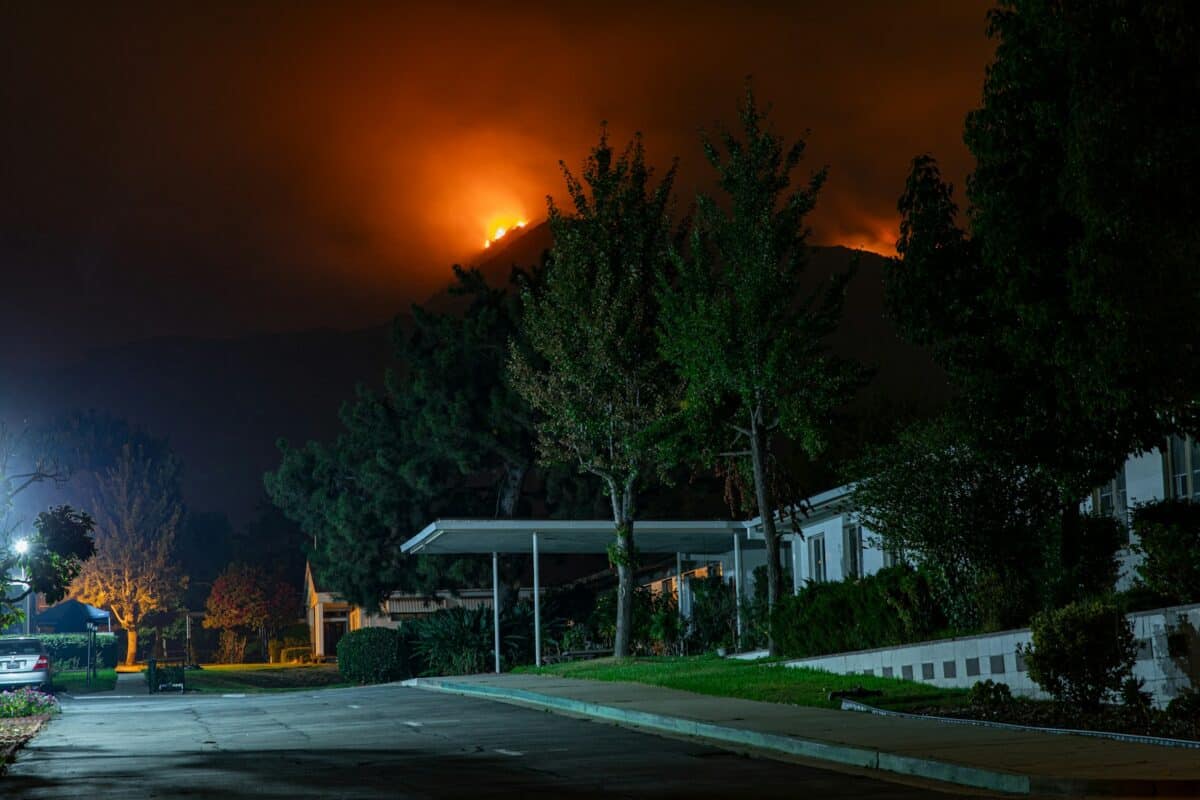Wildfires are a natural part of the Earth’s ecosystem, playing a crucial role in shaping ecosystems by allowing new growth and maintaining balance. However, when these fires burn out of control, they have the potential to devastate landscapes, communities, and wildlife. Throughout history, numerous wildfires have exceeded containment efforts, causing significant damage and highlighting the importance of fire management and prevention strategies. In this article, we will delve into ten infamous instances where wildfires wreaked havoc, shedding light on their causes, impacts, and the lessons learned in their wake.
10. The Great Fire of 1910
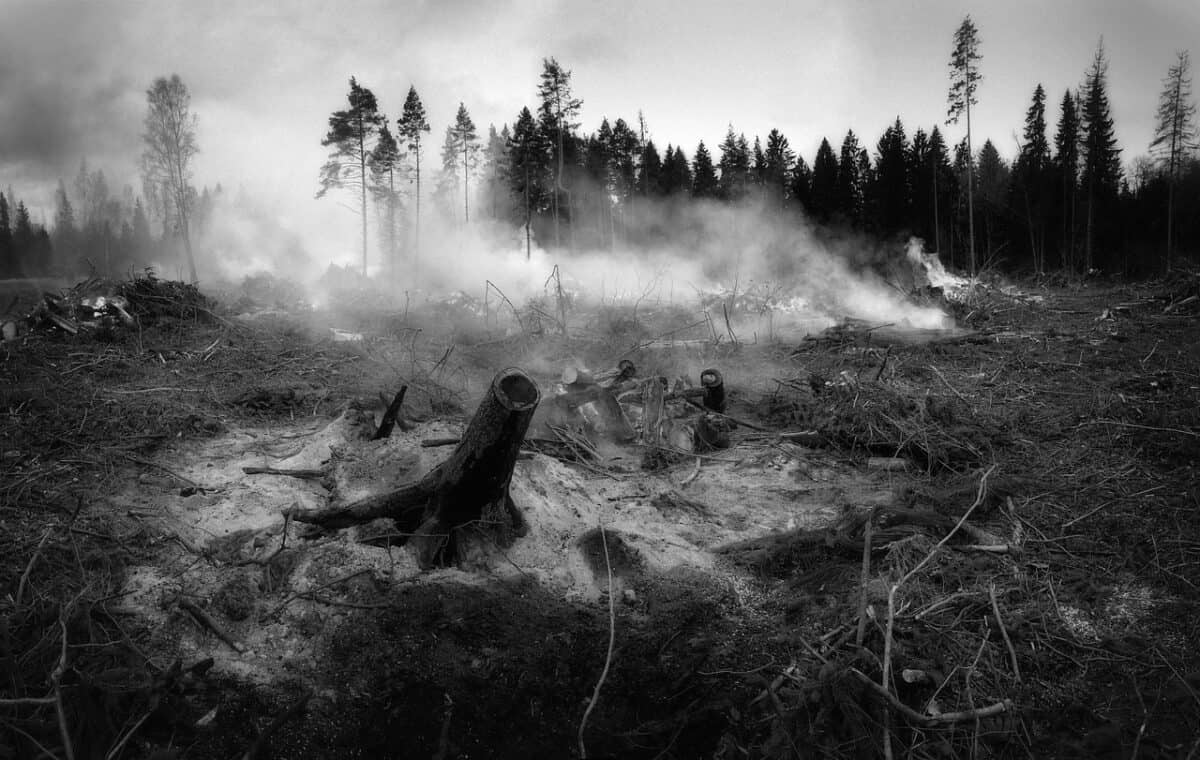
Known as the “Big Burn,” the Great Fire of 1910 was one of the largest wildfires in U.S. history. It swept across Idaho, Montana, and Washington, fueled by drought conditions, high winds, and dry fuels. Over two days, the fire consumed more than 3 million acres, destroying several towns and claiming the lives of 87 people, including many firefighters. This disaster led to a significant shift in American firefighting policy, promoting aggressive fire suppression strategies.
9. Black Friday Bushfires, Australia (1939)

The Black Friday bushfires of 1939 ravaged the Australian state of Victoria, exacerbated by a prolonged drought and extreme heat. Affecting nearly 2 million hectares, these fires killed 71 people and destroyed 650 buildings, becoming one of Australia’s deadliest fires. The disaster prompted reforms in land management and fire prevention policies, inspiring the establishment of more coordinated fire response systems.
8. The 1988 Yellowstone Fires
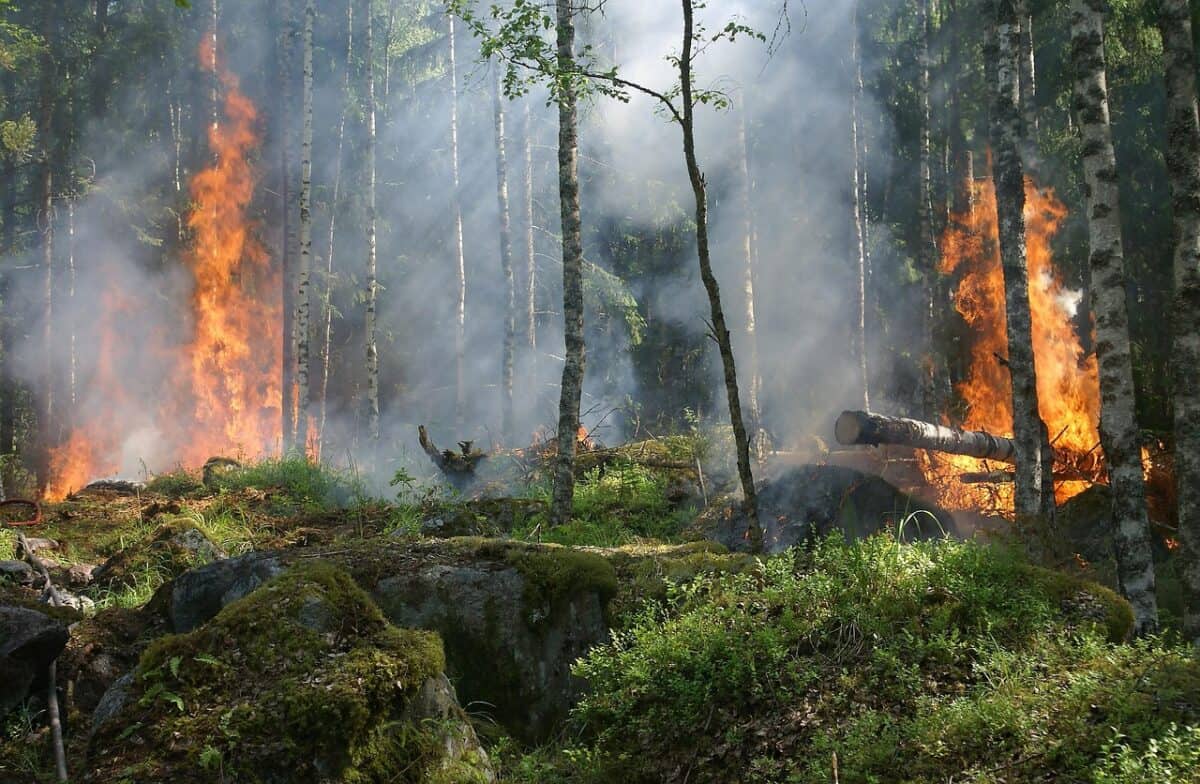
Yellowstone National Park experienced one of its most intense fire seasons in 1988, with fires burning across nearly 793,880 acres, roughly 36% of the park’s area. A multitude of small fires, mostly started by lightning, combined during severe drought conditions and strong winds. The fires reshaped public understanding of fire’s role in maintaining healthy ecosystems, leading to changes in national park fire management policies.
7. Oakland Firestorm of 1991

The Oakland Firestorm, also known as the Tunnel Fire, occurred in the hills of Oakland and Berkeley, California, in 1991. A rekindled grass fire, pushed by high winds, rapidly engulfed the residential area, destroying over 3,000 homes and killing 25 people. The destruction highlighted the risks posed by urban-wildland interface areas, leading to tighter building regulations and revised emergency response strategies.
6. Chinchaga Fire, Canada (1950)
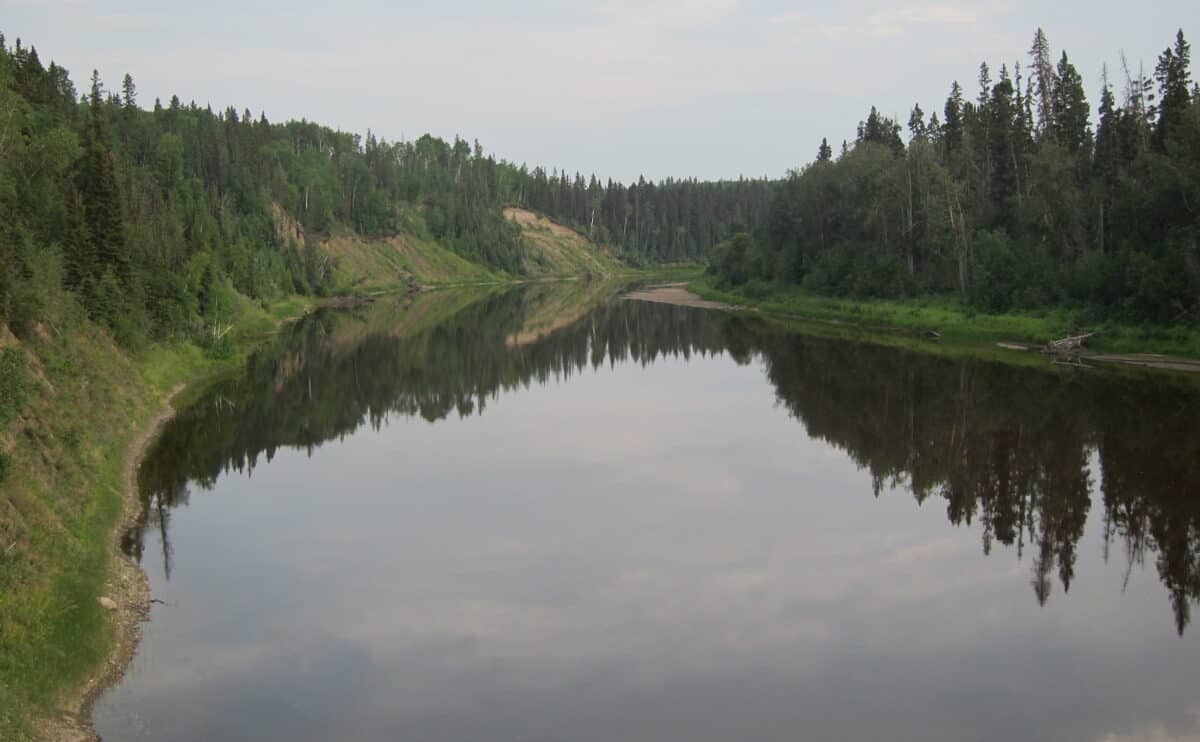
The Chinchaga fire of 1950 remains the largest recorded wildfire in North American history. Starting in British Columbia and Alberta, the blaze spread across nearly 1.4 million hectares. It propelled smoke across the continent, causing “The Great Smoke Pall” in eastern North America. This fire underscored the sheer scale of wildfires possible in remote wilderness areas and the challenges in tracking and managing such events.
5. The Black Saturday Bushfires, Australia (2009)
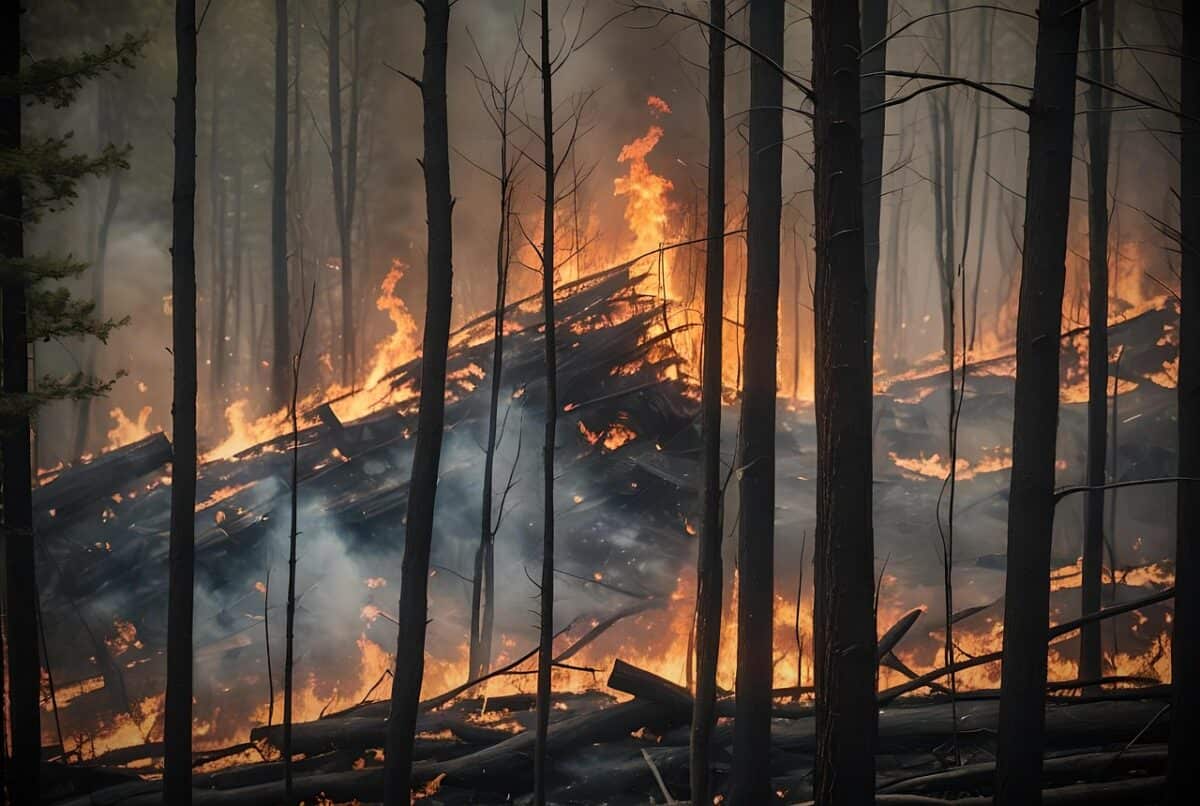
The Black Saturday Bushfires were a series of devastating fires that tore through Victoria, Australia, claiming 173 lives and destroying more than 2,000 homes. A combination of record temperatures, high winds, and low humidity created uncontrollable conditions. The disaster led to major changes in emergency response systems, building regulations, and community education about fire risks.
4. The 2017 California Wildfires

California faced one of its most destructive fire seasons in 2017, with over 9,000 fires burning 1.3 million acres. Notable events included the Tubbs Fire, which caused 22 deaths and destroyed 5,600 structures in Napa, Sonoma, and Lake counties. Factors such as climate change, increased fuel loads, and urban expansion have since driven California to invest in more robust fire prevention, mitigation, and response strategies.
3. Peshtigo Fire, Wisconsin (1871)

Occurring on the same day as the Great Chicago Fire, the Peshtigo Fire remains the deadliest wildfire in U.S. history, with an estimated 1,500 lives lost. The fire spread rapidly through Northeast Wisconsin, consuming 1.2 million acres. It illustrated the devastating potential of fires under extremely dry conditions and high winds, emphasizing the need for better fire warning systems and community preparedness.
2. The Amazon Fires (2019)
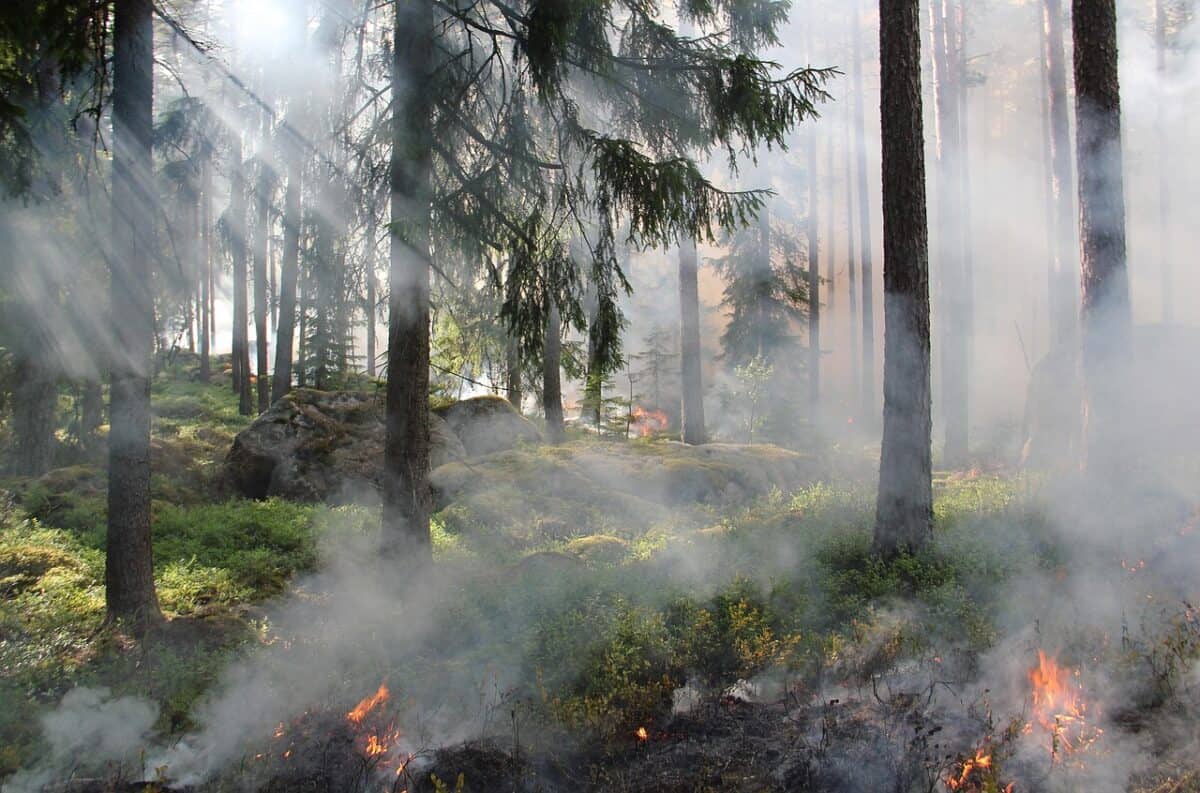
The Amazon rainforest, often termed the “lungs of the Earth,” faced an unprecedented number of fires in 2019. Many were started intentionally for land clearing, but uncontrolled conditions led them to gain international attention. The fires spotlighted global concerns about deforestation and climate change, prompting international dialogues on conservation efforts and sustainable land management practices.
1. Bastrop County Complex Fire, Texas (2011)
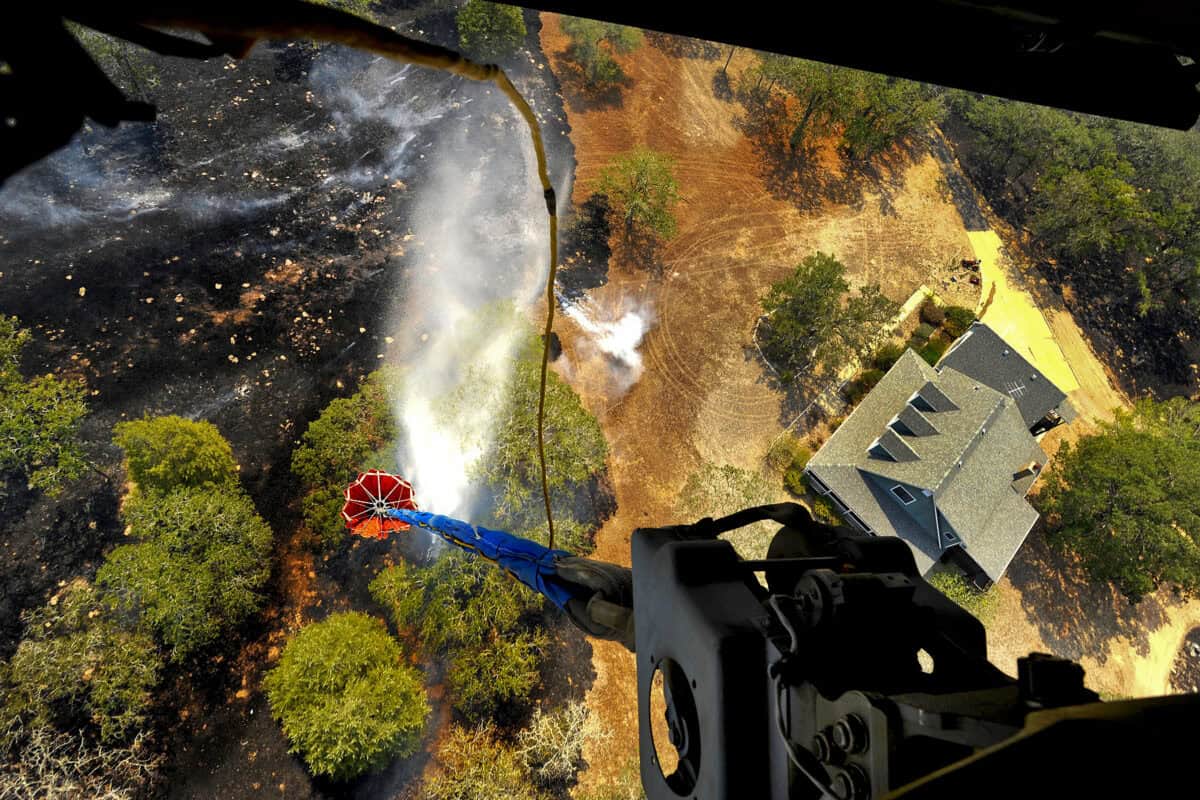
In 2011, the Bastrop County Complex Fire became Texas’s most destructive wildfire in terms of homes destroyed. Beginning as three separate blazes, they merged due to strong winds and arid conditions. Over 34,000 acres were scorched, and 1,600 homes were lost. The disaster highlighted the critical need for improved wildfire readiness and risk reduction strategies, particularly in areas prone to drought and high winds.
Understanding Wildfires: Causes and Consequences

Wildfires are triggered by a variety of factors, both natural, such as lightning, and human-induced, like unattended campfires or arson. Conditions such as drought, high temperatures, and wind can exacerbate their spread. Beyond immediate destruction, wildfires contribute to air pollution, soil degradation, and long-term ecological changes, while also posing significant risks to human populations.
Learning from History: Implementing Effective Fire Management

From these historical wildfires, it’s evident that prevention, preparedness, and adaptability are crucial in fire management. Various strategies, including controlled burns, fuel reduction, community education, and improved emergency response systems, play vital roles in mitigating wildfire risks. As climate change continues to alter fire regimes globally, learning from past events helps shape more resilient communities and ecosystems for the future.
In conclusion, while wildfires continue to pose significant challenges worldwide, understanding past events provides valuable insights. By investing in education, sustainable land management, and cooperative firefighting efforts, society can better protect lives, properties, and natural landscapes from the devastating effects of uncontrolled fires.
- 10 Species Once Thought Extinct That Made a Comeback - August 9, 2025
- 11 Incredible Animals Found Only in the Pacific Islands - August 9, 2025
- Why Zebras Roll in Dust and Mud - August 9, 2025

